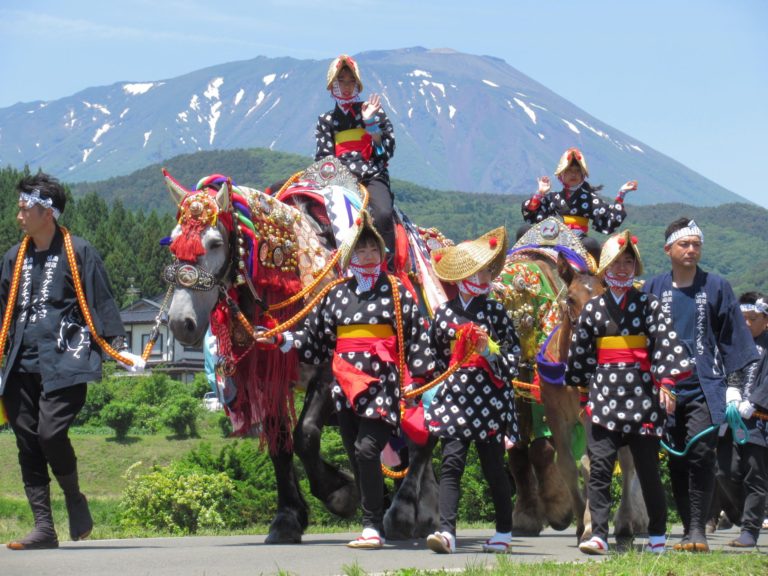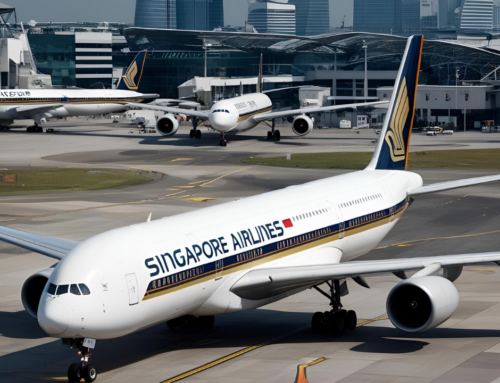Horses have been part of Japan’s history for many centuries and there are many traditions that are still celebrated today despite horses no longer being used in agriculture.
The historical CHAGU CHAGU UMAKKO FESTIVAL is one of the early summer traditions celebrated in Iwate, Japan. The grand procession is held on the second Saturday of June and is very special. It is still celebrated today more than 200 years later with many locals and tourists turn out to watch the festivities.
The Tradition of the Parade
Iwate has been famous since ancient times for taking pride in its horses, as can be seen in the traditional “Nanbu Magariya” houses, where horses and their masters would live together under the same roof. It has been said that the origins of this festival go back to when farmers would visit shrines to give thanks for the power of their beloved horses, whose strength was indispensable for working the fields, and also pray for a bountiful harvest. Since the 18th century, it has become one of the Tohoku region’s most historic and distinctive traditional events. The name “Chagu Chagu” is said to derive from the sound that the bells make as the horses walk along. The festival has also been selected as one of the “100 Soundscapes of Japan.”
The Costumes of the Horses
The horses are adorned in gorgeous costumes and bells. The costumes are handmade of silk and hemp and everything is hand sewn on. The costume name is called “Konida Shozoku”, and many are worth over 2 million yen. The costumes include “Neck Armor” “Nose Armor” “Ear Coverings” “Streamer” is amazing with each family creating their own unique style.
The Parade of the Ringing Bells
The parade of approximately 100 horses makes its way along a 13 km route from Onikoshi-Souzen Shrine to Morioka Hachiman Shrine, which takes approximately 4.5 hours in total. The sound of ringing bells can be heard all over Morioka.
The large draught horses clad in brightly coloured harnesses and bells, parade from Takizawa to Morioka with small children mounted on their backs.
Since the large and small bells attached to that costume are ringing with the lively sound “chagu chagu”, it came to be called “Chagu Chagu Umakko”. It has become one of the Tohoku region’s most historic and distinctive traditional events. The name “Chagu Chagu” is said to derive from the sound that the bells make as the horses walk along.
How to get there
The festival starts in Takizawa and the festival is accessible by shuttle from Morioka station.
If you are heading from Tokyo, take the Tohoku Shinkansen train and travel to Morioka station. Take the free shuttle that departs every 20 minutes from Morioka station from Bus stop 16. It takes approx. 35 minutes to reach the departure point of the procession “Onikoshi Sozenjinja Shrine”.
If you’re looking to travel to Japan and experience the wonderful culture first hand, make sure you get in touch with Snaffle Travel at info@snaffletravel.com.au
Reference & image credit: Japan National Tourism Organisation











